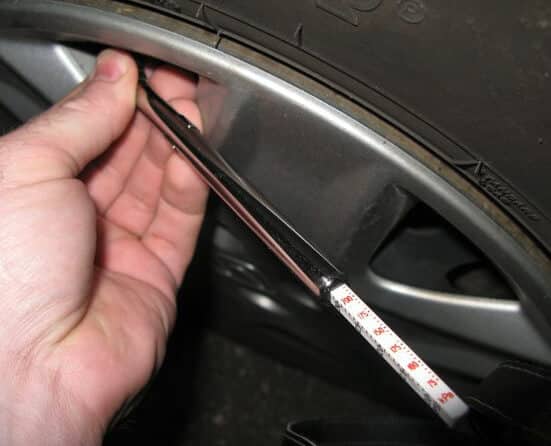Care And Enclosed Trailer Maintenance: What You Need To Do
Enclosed Trailer Maintenance : Care And Maintenance For Enclosed Trailers
Proper care and maintenance for enclosed trailers are essential to ensure safety and confidence of your vehicle, your cargo, and your family during road trips. Likewise, regular maintenance will also prolong the years of your cargo trailer’s life.
And so in today’s entry, we are going to discuss some of the tips you need to do in performing proper care and maintenance for your enclosed trailers.
Let’s begin.
Always Check The Tire Pressure

In our last entry, we mentioned that the wheels and tires used must be able to support the load capacity of the trailer. And this is very important since having a trailer will also add to the overall weight capacity of your vehicle.
Make sure that the tire pressure is between 30 to 40 psi on all tires to ensure that your load carry capacity is balanced and the stability of your trailer is maintained. This is the recommended psi levels for all weather conditions and year-round trips. And don’t forget to increase the psi of the tires if additional weight is added to your trailer.
Check The Lighting
Appropriate lighting is also necessary when you do care and maintenance for enclosed trailers. As much as possible, try to test the lights of your car and trailer before leaving to avoid unexpected pullovers and be a hazard to other vehicles during night time.
If you notice that your light is failing, check your car’s four-flat plug if there are signs of fraying. Then, start by plugging your enclosed trailer’s plug into the car plug to see if the lights will function properly and to verify that the yellow marker lights on the side are working.
Check The Bearing If It’s Properly Lubricated
Trailers usually have leaf spring axles or rubber torsion axles depending on the type of enclosed trailer you are using. If you have a leaf spring axle, then you can check the proper grease levels by repacking the bearings. On the other hand, if you have rubber torsion axles with Zerk based lubrication system, that what you need to do is to remove the rubber dust cap. Then, fill the hub w/ grease until it swells out at the rear hub seal.
Make sure to do this every 12,000 miles or annually.
Check The Lug Nuts If They Are Tightened Properly
Check the lug nut tension twice at least every 1,000 miles to ensure the lug studs are tight and secured. Likewise, testing the torque of the lug nut at 300 and 800-mile points will guarantee studs are properly seated and will only require periodic checks in the future.
Check If The Load Inside The Trailer Is Evenly Distributed
Always remember that your enclosed trailer is constantly moving during travel. Therefore, any load that you put in should be balanced on all four corners to ensure weight centeredness. Otherwise, it will interfere with your road navigation and can result in accidents.
Check For The Condition Of The Safety Chains
Check the safety chains for any signs of wear and tear. And when you’re at it, check the cross checks under the tongue if it’s still usable for towing. This will ensure your enclosed trailer and the cargo inside will be safe and secured before you head on the road for a long trip.
Check The Overall Condition
And last but not the least, you should also check on the overall condition while doing care and maintenance for enclosed trailers. This is necessary because although trailers are designed to be lightweight and efficient, some parts may break down over time. So we recommend that you do a quick check before you go on a long distance adventure with your family.